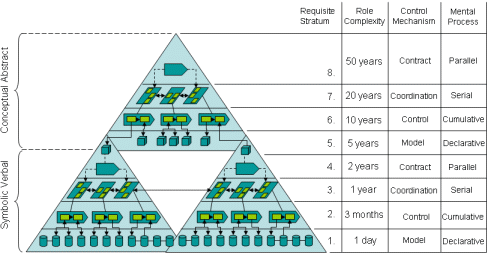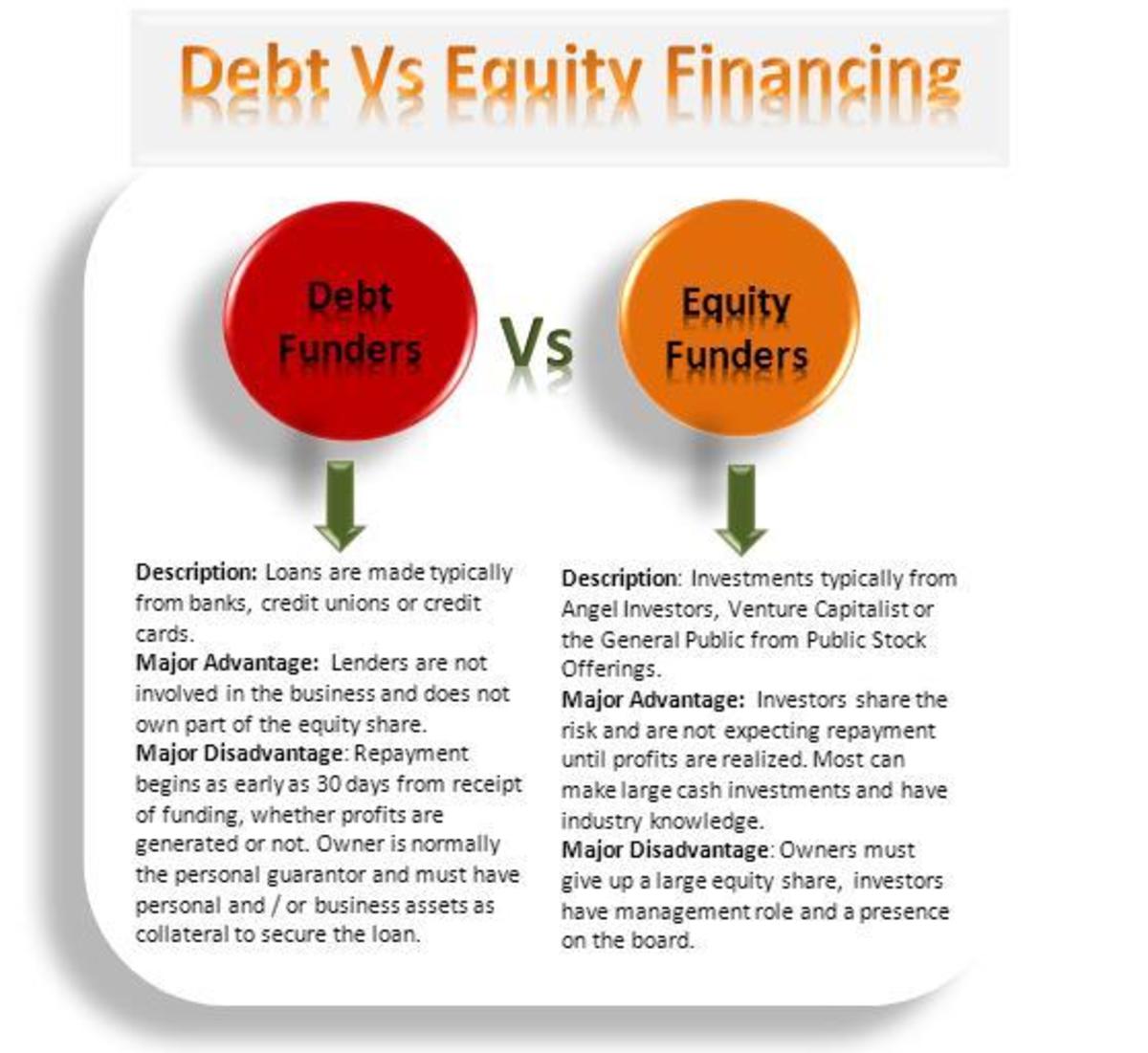Working with a Joint Venture Partner and Requisite Organisation
In a couple of months time I’m presenting a paper to a Requisite Organisation (RO) User Group in Adelaide where I will be presenting an earlier paper on how my department within an organisation embraced and implemented RO “Requisite Organisation and Levels of Work: A Real Life Example”. This new paper represents the second part of the presentation where I investigate how RO works with a joint venture partner and an organisation that is requisite.

Background
My organisation entered into a Joint Venture with a local small business to purchase 50% of their business and to acquire the balance in 3 years’ time subject to key profitability targets.
When the organisation agreed to the deal a Project team was put in place with the key players across the Joint Venture. On our side we had representatives from Marketing, Distribution, Finance and Corporate. From the other side there were representatives from Operations, Training and Client Management.
Initially the teams worked well as the objective was to complete the transaction and to launch a new company. With this goal in the mind the teams worked well, however not long after go live the key learning from an RO perspective became apparent.
RO AT WORK
Do you use RO in your organisation?
Working Together
Once the two teams were bought together we identified a number of issues with working together, mainly stemming from communication and different practices.
#1 – management systems. Our organisations utilises the principles of RO. Many organisations do not and find it hard to ‘get work done’ if they are not being requisite. Our first learning together was that as a part of the on boarding process we haven’t explained our management system and how we can work together.
Further my organisation is a Spectrum 5 organisation, whereas our JV partner is Spectrum 2/3 organisation. This means that people with different titles are communicating across the JV and it leads to a point where people become grey in terms of roles and responsibilities and accountabilities.
This was resolved by:
- Conducting RO training with all staff across the JV in attendance. That they everyone, not just the JV partners staff was renewed in the philosophies of the system
- Developing an organisation structure that recognised the roles and responsibilities of each party as per the Services Agreement along with the staff member and their level in the organisation. This added clarity in the company
- Ensure that the team meets together regularly with the CEO chairing the meetings
#2 – internal owner. Another key learning from this project is that we didn’t call out the owner of the business within the organisation until close to go-live. At this point the project manager handed over the business as a going concern to the BAU manager who was appointed a few week prior. Due to the incumbents lack of knowledge on the industry and the business there was a ramp up time between go-live and being effective in the role. This saw about a 4 month delay in implementing changes into the business.
#3 – clearly defined roles and responsibilities. At commencement there was a lack of clearly defined position descriptions, accurate understanding of roles and a mish mash of titles – CEO, Operations Manager, etc. None of this was requisite.
In the first 4 months after a series of staff issues we discovered that the clear foundations of the RO system was missing and this lead to mis-communication and a lack of trust. To resolve these issues a communication paper was developed, everyone was issued with position descriptions for their role within the JV and a series of communication meetings were scheduled to encourage team work.
For this business communication is paramount due to both side of the JV being located in different physical locations and the change to the roles leading to angst and mistrust.
#4 – respect. Having respect for what each party brings to the JV is essential in a joint venture such as this. Respect can be shown through active listening and taking on-board the knowledge, skills and experience that the other party brings to the venture. This means that managers must foster communication and build respect across the whole virtual company.


Key Learning Principles
From this case study there are several principles that managers of Joint Ventures can influence with the creation of a ‘virtual’ company:
- Get the ‘business as usual’ owner to play an active part in the project to acquire the business, preferably as the Project Owner
- Take the time to on board your partner into your culture and the management systems that you use
- Communication, communicate, communicate
- Have respect for the knowledge, skills and experience that your partner brings
Cheers
Michael





